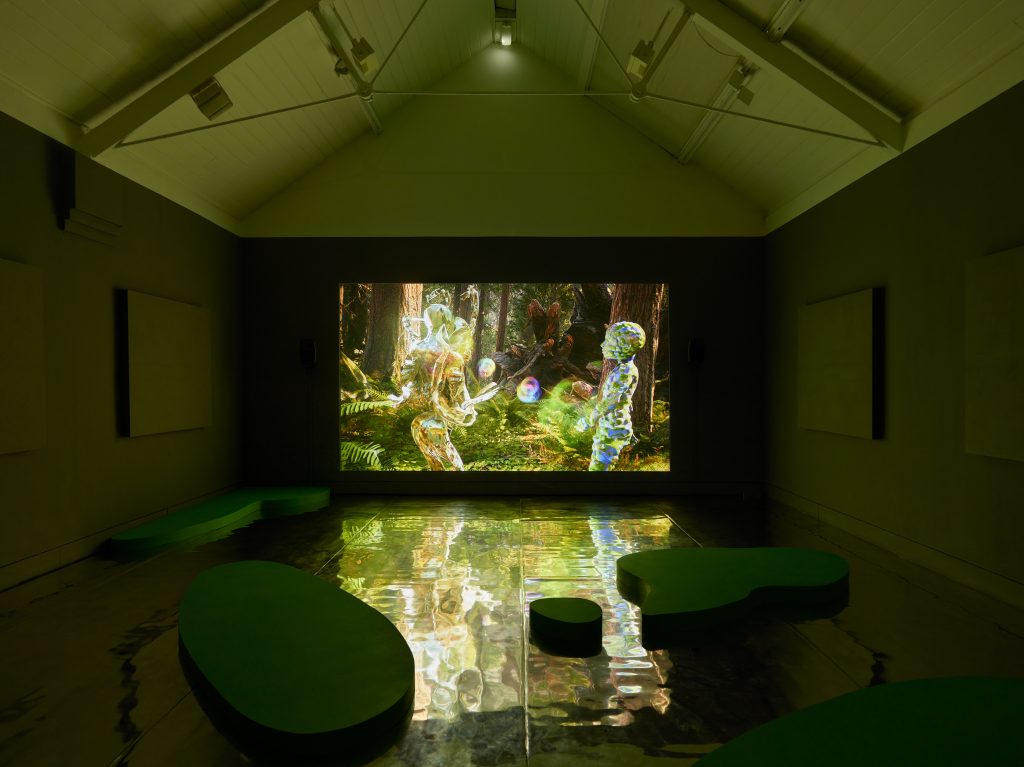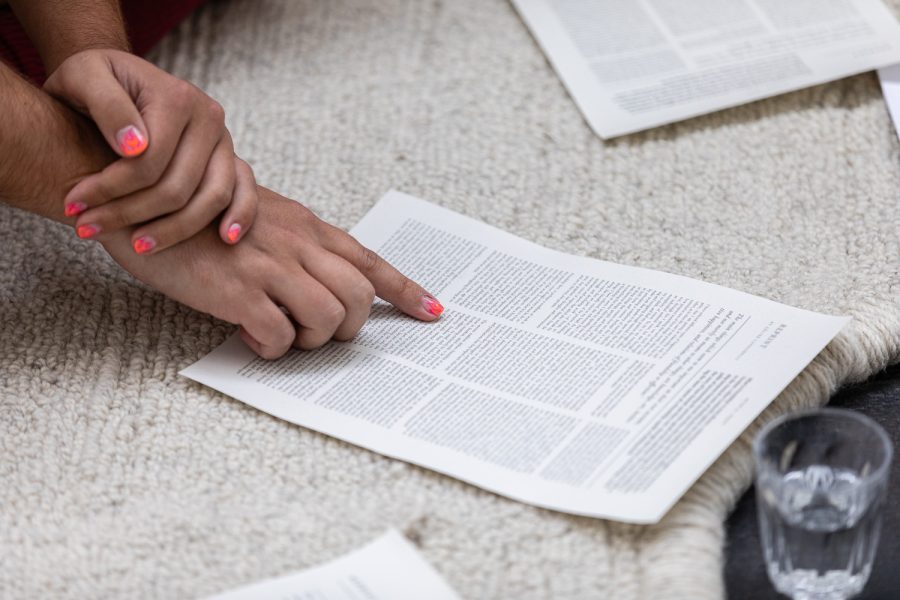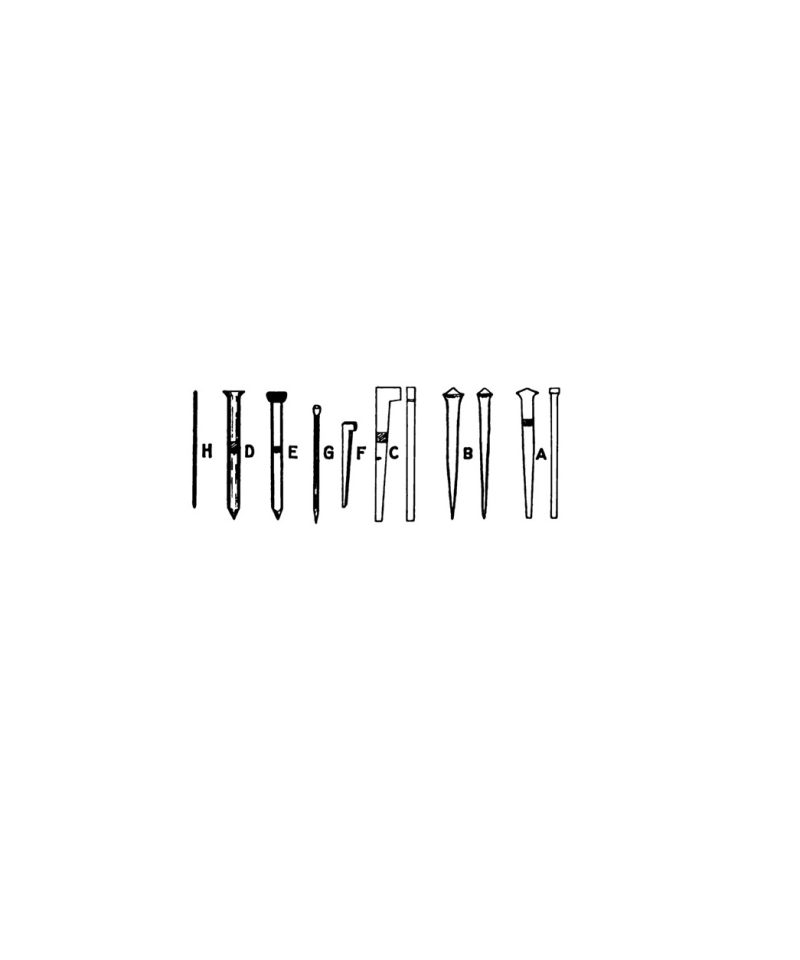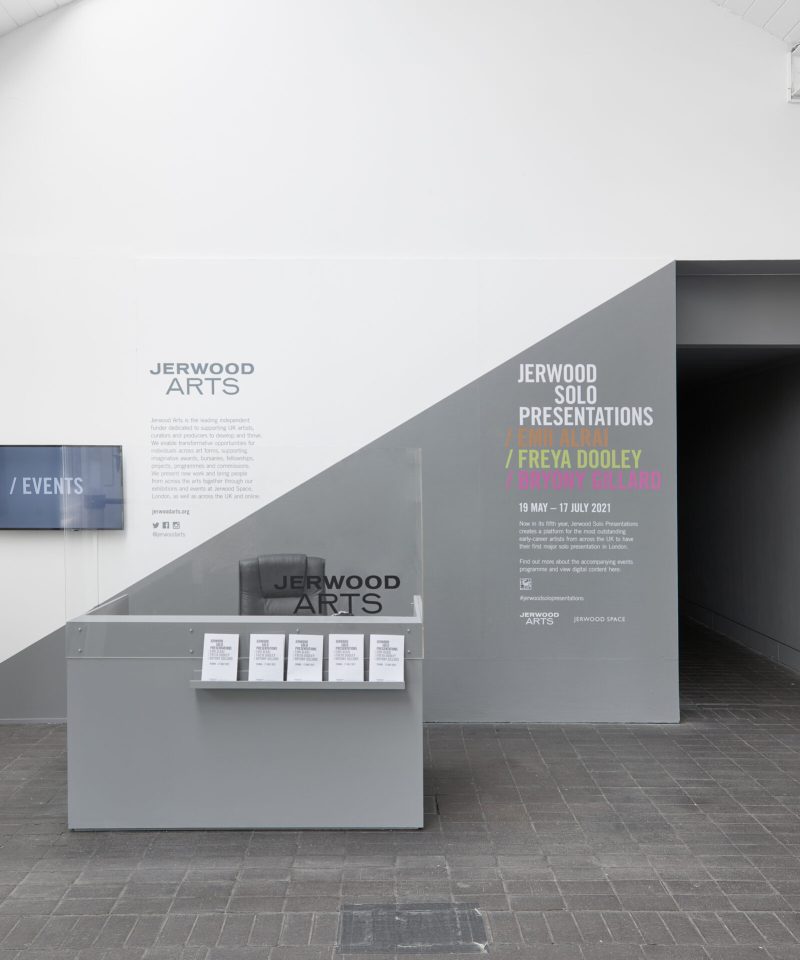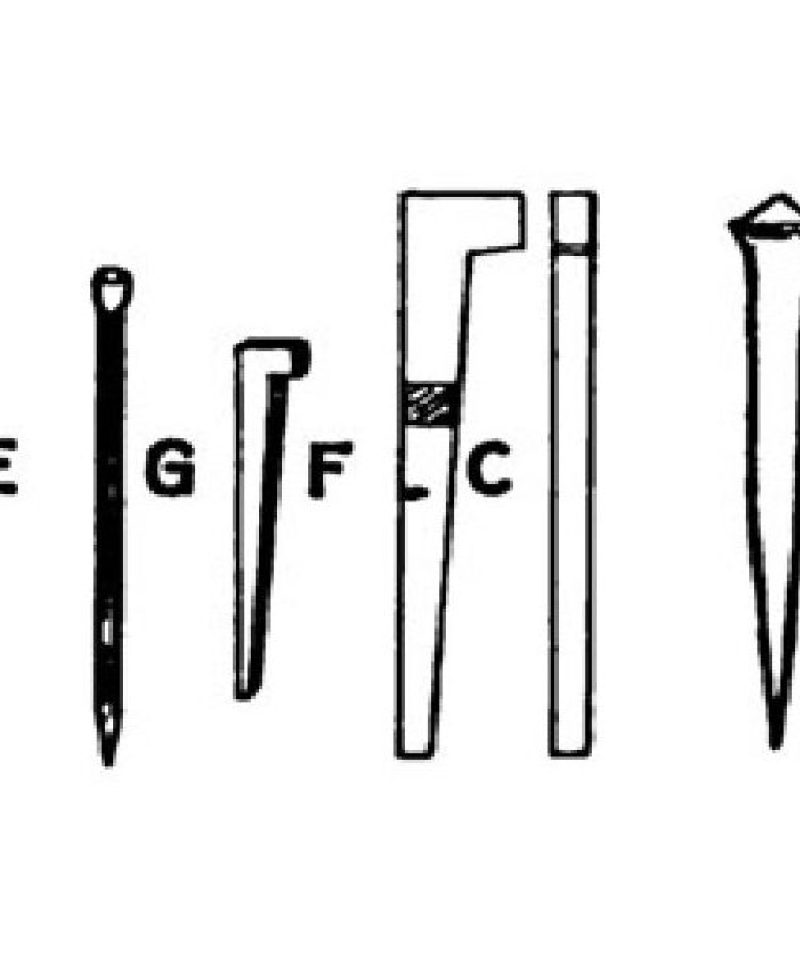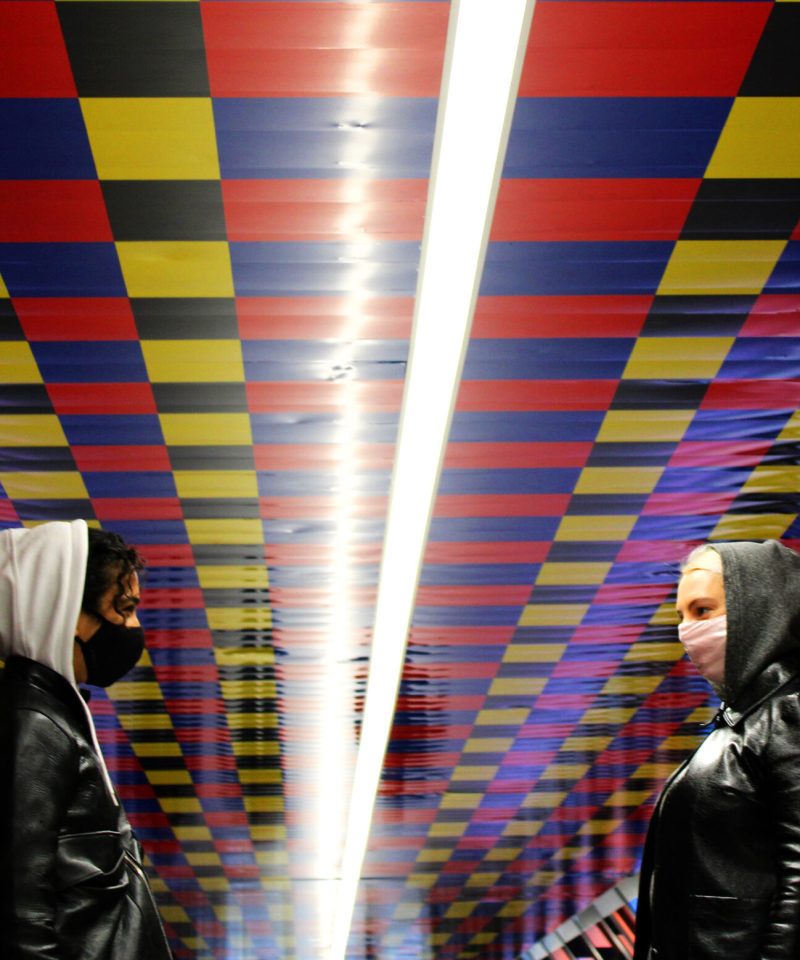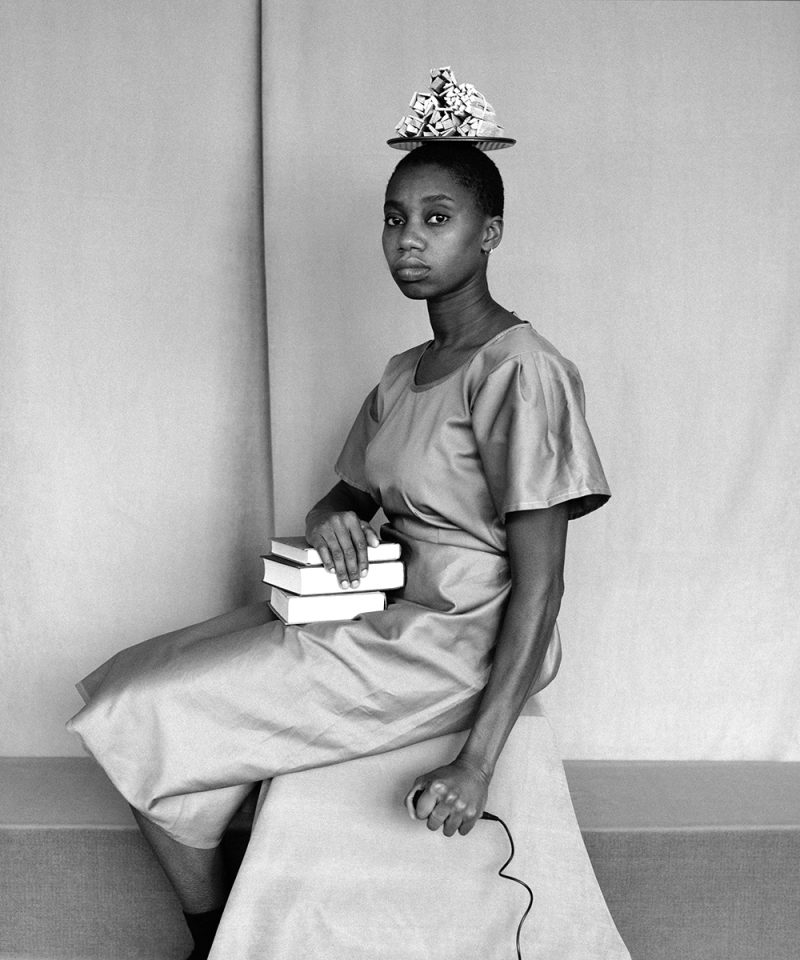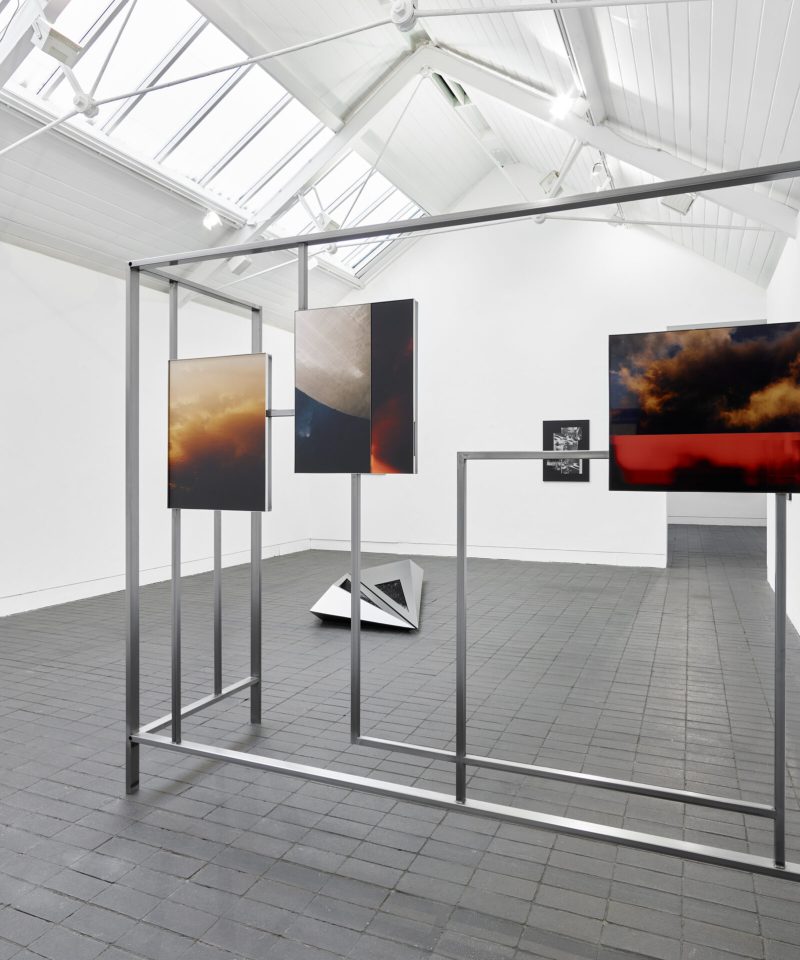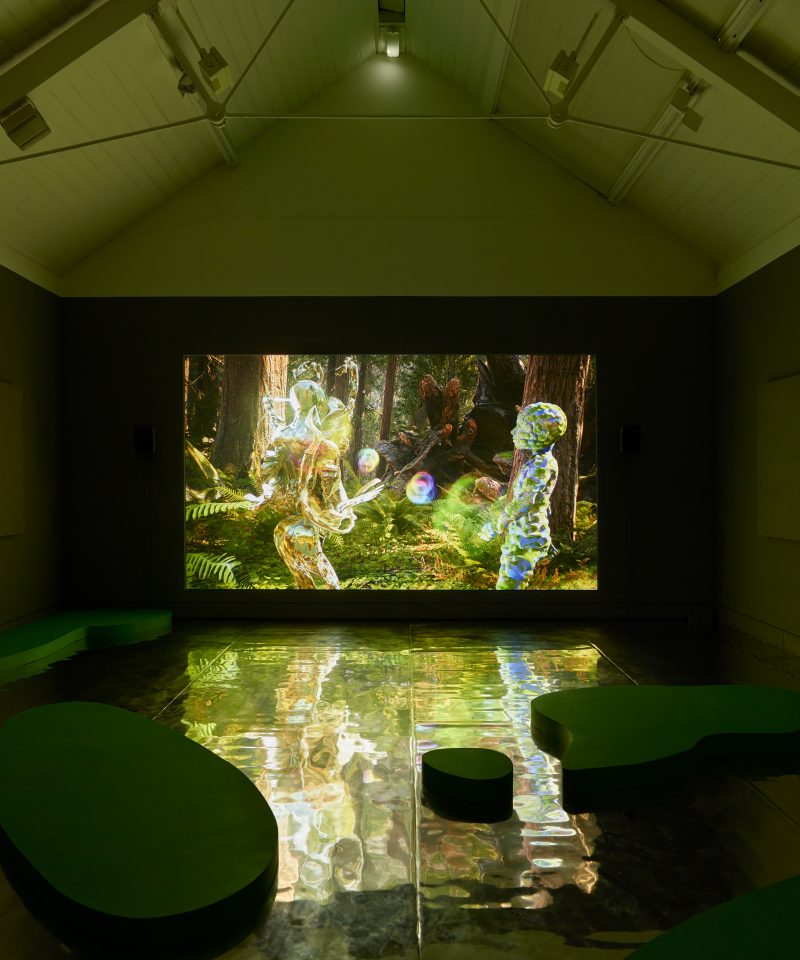-I-
Water and stone
What’s softest in the world
rushes and runs
over what’s hardest in the world.
The immaterial
enters
the impenetrable.
So I know the good in not doing.
The wordless teaching,
the profit in not doing –
not many people understand it.[1]
These words from Lao Tzu’s Tao Te Ching – a rendition rather than a translation by Ursula K. Le Guin – speak to two states of being, slowness and transformation, that are drawn upon throughout this text. Aligning them together is a heightened awareness and countering of a certain temporality that sits in opposition to these states, specifically one that is forward-driven, linear and relentless in its deterministic movement. This dominant understanding and experience of time is typical of what one could call our modern-day velocity, or the speed that drives our labouring selves both as productive forces, but also products ourselves – human capital. How does this particular manifestation of collective velocity produce a sense of individual isolation, often leaving us physically connected, yet psychologically remote? The liquid and solid states embedded within Lao Tzu’s title – ‘Water and Stone’ – set up two opposing yet relational modes: the sealed hardness of the demarcated event, defined moment and fixed identity (stone) that is slowly undone by the silent transformation that infiltrates, rises and falls, loosening hollow shells and ostensible boundaries. Like water that gradually permeates a stone, seeping and saturating its entire body, so this short poem intimates a mode of thought that runs counter to the co-opting forces of an accelerated reality, an immaterial yet all-encompassing flow that takes us back to our bodies, our mutable subjectivities.
‘Please return to your base reality immediately’. This instruction, which frames this text and gives it its title, is taken from Keiken + George Jasper Stone’s CGI film, Feel My Metaverse (2019), in which a series of characters navigate virtual worlds, bodies and realities. The line, which is spoken with caution midway through the film, hangs in virtual space; it prompts a necessary escape route from the liquid entanglement and overflow between two characters in one of the scenes – a parent and child, in which the playful mutability and exchange between their digital bodies appears to go too far. Transformation and mutation quickly become excess and dissolution, as these characters must get away from their digital selves and return to a physical, earthly, base reality.
Feel My Metaverse locates its viewers within an imagined future of environmental destruction in which humans live in protective ‘life units’ and channel their energy via virtual spaces beyond their base physicality. This emancipatory impulse may already exist within our networked contemporaneity, and certainly much has already been written about the prevalence of our ‘digital selves’, the ‘spatially extended cyborgs’ that construct and are in return constructed ‘in a mutually recursive process that continually engages… fluid, permeable boundaries and…endlessly ramifying networks’.[2] Yet for all the utopian rhetoric harnessed in such future-oriented conceptions of an accelerated digital subjectivity, Feel My Metaverse’s call for a return to a base reality signals the dystopic undertones that resonate beneath the film’s smooth, digital veneer. Within this hyper-fictional future, players exist within a system controlled by the Chinese payment platform Alipay, an explicit nod to the fact that such digital ‘freedom’ is inevitably subject to the hunger of consumerism, ready to chew and spit us back us back out – again, as human capital. As Elizabeth Freeman notes,
‘…corporations and nation-states seek to adjust the pace of living in the places and people they take on: to quicken up and/or synchronise some elements of everyday existence, while offering up other spaces and activities as leisure, slow, sacred, cyclical and so on and thereby repressing or effacing alternative strategies of organising time’.[3]
Within this framework, which Freeman terms ‘chrononormativity’, or the use of time to organise individual human bodies towards maximum productivity’, how can our bodies – be they physical, virtual, or somewhere in between – resist this binding, goal-oriented form of temporal regulation? How can we become the water that permeates the stone, returning to and staying with our base reality, and allowing it to proceed through silent transformation?
-II-
Freeman defines the notion of chrononormativity in the context of her wider exploration of queer temporality, a mode of existence that simultaneously sits outside and within the coordinated ‘straight’ tempo wedded to a monumental and linear progression, where ‘work time’ and ‘family time’ overlap in heteronormative harmony. In order to walk to the beat of this tempo, one must align one’s body with its productive forces and live in close collaboration with its dominant forms of coupledom, family, marriage, sociability, self-presentation etc., such that our subjectivity synchronises with this collective hallucination. The heightened speed of our daily lives is very much part of this equation, in which an unrelenting yet spectacular onslaught of images propels us into the forward momentum of ‘progress’; we become caught up in its wave and almost unknowingly slip into autopilot whilst continuing to consume. Hollywood movies, adverts on the television, songs on the radio, news headlines on Facebook, recommendations on Amazon, appointments at the bank, dinner with the family, and so on…each of the qualitative and quantitative layers that make up our everyday experience are embedded with an active dissemination, reinforcement and cultivation of certain narratives, identities and codes, stable and rigid in their appearance, all of which are based on the conviction that life is to be perceived and lived as a linear, event-based experience-economy. The sense of velocity, of minutes, hours, days, weeks, years passing by at increasing speed, is wholly fitting with this constitution of contemporary life, as it assists the white supremacist heterosexual capitalist patriarchy in distracting us from having the time to think of what else could be possible.
Significant to Freeman’s picturing of queer temporality is the underlying assertion that its foundations do not exist in a separate sphere of creation, but rather she identifies, in Kathryn Bond Stockton’s words, ‘the strangeness, the utter queerness, lying inside the beats of time’.[4] This sense of having one foot within one’s dominant, present reality and one foot fidgeting across past, present and future time frames, similarly resonates with José Esteban Muńoz’s notion of the ‘not-yet-conscious’, whereby we surpass the limitations of an alienating presentness precisely through identifying and accessing alternative potentialities within this same present. It is a process of living with the here and now in order to subvert is makeup from within, which for Muñoz is a subtly utopian feeling. To return to Lao Tzu’s metaphor, it is about allowing water to penetrate the stone, dissolving its molecules one by one, of entering the seemingly impenetrable.
To begin a process of undoing and unknowing, then, requires a certain slowness that gradually unravels the threads that bind us to this toxic vision of quickening forward momentum and productivity. As thought processes are so often stultified by the pressures of speed, slowness becomes a counterpoint or strategy that can be invoked as a way to queer reality as we know it. This process is inherently silent, or what could be called a silent transformation, as defined by philosopher François Jullien. The idea of a silent transformation that is drawn upon here is specifically cited from Jullien’s intricate comparisons of Chinese and Western schools of thought in his 2009 publication of the same name. Jullien differentiates Chinese thought by the fact that it does not express itself through the language of Being, as the Western thought that is grounded in Greek philosophy does. As opposed to a mode of thinking in terms of determined forms and movements between fixed states, often in a linear direction, Chinese thought
is by contrast at ease in taking account of the state of ‘what one sees but does not perceive’, or of ‘what one listens to but does not hear’: that state where the perceptible breaks up and loses its specificity, disqualifies itself, ‘loses its taste’…where the demarcations are undone and which, through its indifferentiation, allows the incessant transition of things to appear.[5]
This sense of undoing the fixity of definitions and categorisations, of privileging transition over change, permeates the entirety of Tao Te Ching, and from this Jullien frames an alternative way of navigating experience through the term ‘silent transformation’, which ‘makes its way, infiltrates, spreads, branches out and becomes pervasive – “spreads like a stain”. It integrates as it disintegrates; allows itself to be assimilated as it takes things apart even to the measure of what which assimilates it’.[6]
It is through the slow, transitory movement of the silent transformation that we can locate an energy that resists linear determinism. It is the ‘good in not doing’, the refusal to produce that recalls the character Bartleby’s perpetual response of ‘I would prefer not to’ in Herman Melville’s short story, and the moment at which the concrete reality that we perceive begins to crack, gets wet, slowly transforming into a concrete utopia.
-III-
Why is it that all that tirelessly occurs in front of us, that functions in such an effective way and is also obvious, remains unseen?
I’ve known you for all of my life, but I cannot make sense of how you have changed. During my life, you have been dying, just as during your life, I have been dying. Life has been wearing you out, age has been loosening you, death rests you. This is the work of silence, and only now has it been brought into prominence, a sudden shattering. Perhaps it is a case of being more attentive to the ongoingness of these transformations, so that these veils are not so brutally torn away. Why is it that these transitions, changes, these so-called ‘modification-continuations’ are not perceived, but only the results are what’s noticed, when it’s too late? It’s causing me temporal anxiety.
If staying with a base reality means staying with one’s body, thoughts and individual processes of transformation, then I think that returning to a base reality is not such a bad thing after all. Base reality has too often been spoken about in terms of identity, or Dualism, but also in the sense of fixity, the solid foundation upon which something is built. But from the outset it was the idea of identity that silent transformations came up against, engendering an irrepressible feeling of strangeness. A base reality can be an important element, but simultaneously just an ingredient to which other things are then added. They can complicate its structure; they can create that feeling of strangeness.
Please return to your base reality immediately.
[1] Lao Tzu, Tao Te Ching: A Book about the Way and the Power of the Way. A New English Version by Ursula K. Le Guin. Boulder, Colorado: Shambhala Publications, Inc., 1997: 58.
[2] William J. Mitchell, Mee++: The Cyborg and the Networked City. Cambridge, Massachusetts: MIT Press, 2003: 39.
[3] Elizabeth Freeman, Time Binds: Queer Temporalities, Queer Histories. Durham, North Carolina: Duke University Press, 2010: xii.
[4] Kathryn Bond Stockton. Cover endorsement. Time Binds: Queer Temporalities, Queer Histories by Elizabeth Freeman. Durham, North Carolina: Duke University Press, 2010.
[5] François Jullien. The Silent Transformation, trans. Michael Richardson and Krzysztof Fijalkowski. Calcutta, India: Seagull Books, 2011: 33.
[6] Ibid.: 65-66.
